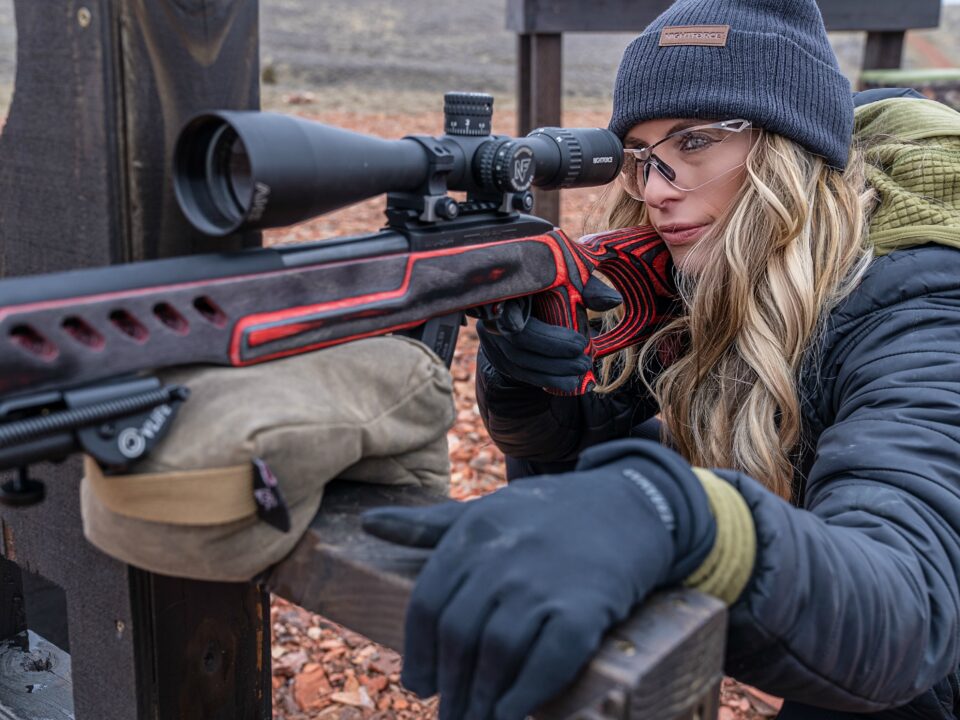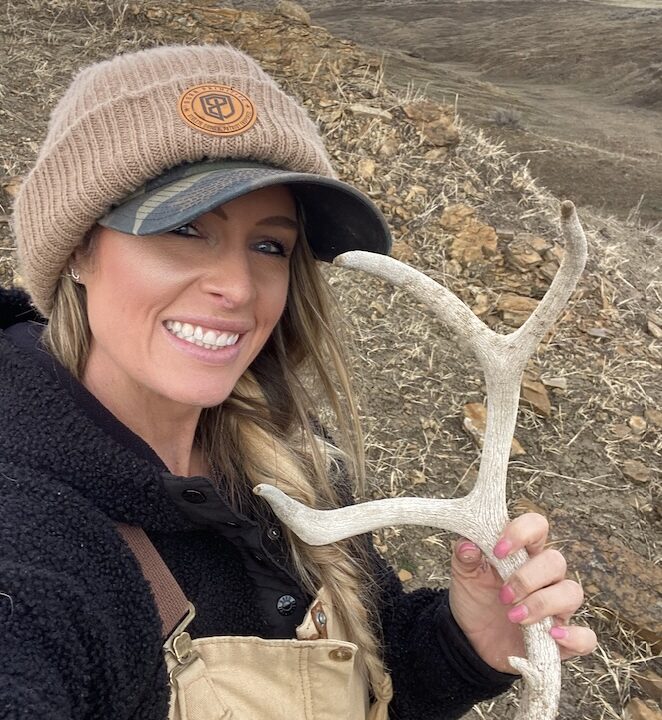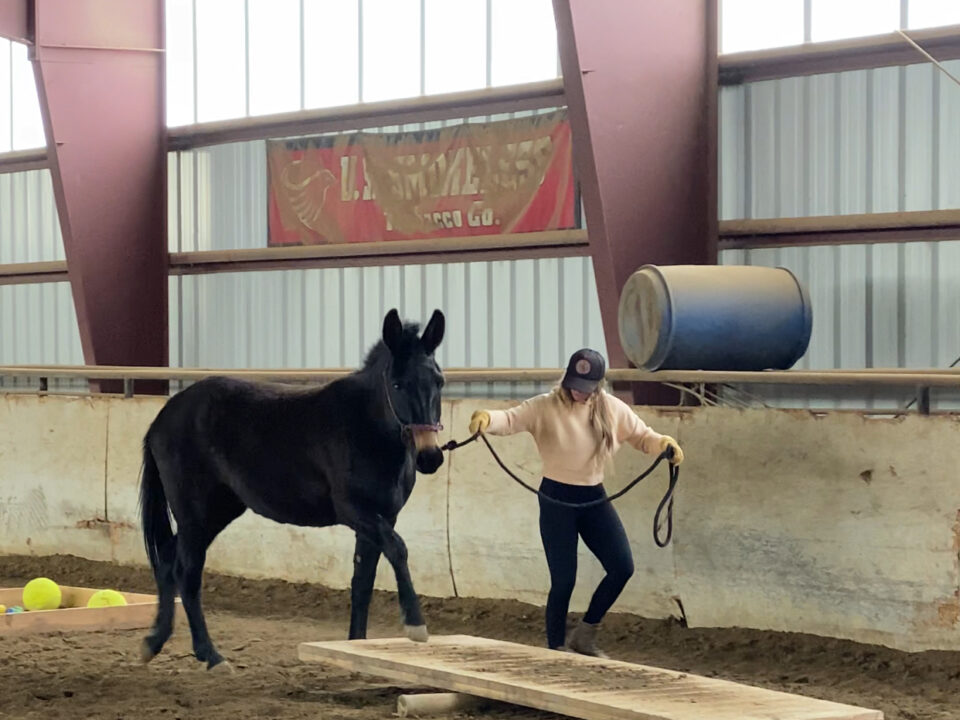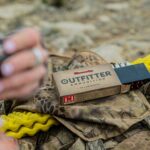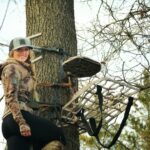New Opportunities at 77 National Wildlife Refuges and 15 National Fish Hatcheries
WASHINGTON – Kicking off this year’s hunting season and continuing the Trump Administration’s efforts to increase recreational access on public lands, U.S. Secretary of the Interior David Bernhardt announced today new hunting and fishing opportunities on more than 1.4 million acres nationwide.
“This is the largest single effort to expand hunting and fishing access in recent history,” said Secretary Bernhardt. “President Trump has made increasing public access and streamlining government functions priorities of his administration, and this new rule delivers on both fronts given the unprecedented expansion of public acreage and removal or revision of 5,000 hunting and fishing regulations to more closely match state laws. This is a big win for sportsmen and sportswomen across the country and our collective conservation efforts.”
The expansion included in the rule is more than double the acreage that has been opened or expanded compared to the last 5 years combined. Seventy-seven national wildlife refuges and 15 national fish hatcheries managed by the U.S. Fish and Wildlife Service are incorporated in the new rule and are now open to hunting and fishing for the first time or have expanded opportunities for new game species.
“We are pleased to offer all Americans access to hunting and fishing opportunities and other recreational activities on refuge and hatchery lands where they are compatible with our conservation management goals,” said U.S. Fish and Wildlife Service Principal Deputy Director Margaret Everson. “This generations-old heritage of hunting and fishing is all about loving outdoor traditions and time spent with family.”
This action will now bring the number of units in the Service’s National Wildlife Refuge System where the public may hunt to 381 and the number where fishing will be permitted to 316. In addition, this will formally open lands on 15 hatcheries of the National Fish Hatchery System to hunting and/or sport fishing for the first time.
New refuge opportunities include the opening of sport fishing at Cherry Valley National Wildlife Refuge in Pennsylvania for the first time, the opening of Minidoka National Wildlife Refuge in Idaho to elk hunting for the first time on lands already open to other hunting, and the opening of Hutton Lake National Wildlife Refuge in Wyoming to migratory bird game hunting for the first time.
Expansions of refuge opportunities include at Grand Bay National Wildlife Refuge in Alabama and Mississippi, the expansion of season dates for existing migratory game bird hunting to align with state seasons, the opening of coot, crane and tundra swan hunting on acres already open to other hunting at Medicine Lake National Wildlife Refuge in Montana, and the expansion of existing sport fishing to new areas at Cedar Point National Wildlife Refuge in Ohio.
Final changes at hatcheries include the formal opening of lands on Dexter National Fish Hatchery in New Mexico to migratory game bird and upland game hunting, and Edenton National Fish Hatchery in North Carolina and Valley City National Fish Hatchery in North Dakota will formally open their lands to sport fishing. An update to hatchery regulations is also included in the final rule.
The final rule also outlines a comprehensive revision and simplification of all refuge-specific hunting and fishing regulations in all 50 states to more closely match state regulations while continuing to ensure safe and compatible opportunities. The Service worked closely with the states in preparing the rule.
A copy of the final rule and a complete list of all of the refuges and hatcheries are available online.
Hunting, fishing and other outdoor activities contributed more than $156 billion in economic activity in communities across the United States in 2016, according to the Service’s National Survey of Fishing, Hunting and Wildlife-Associated Recreation, published every five years. More than 101 million Americans — 40 percent of the U.S. population age 16 and older — pursue wildlife-related recreation, including hunting and fishing.
For more than 145 years, the National Fish Hatchery System has worked collaboratively with tribes, states, landowners, partners and stakeholders to promote and maintain healthy, self-sustaining populations of fish and other aquatic species. There are 70 national fish hatcheries visited by more than one million people each year. Hatcheries offer opportunities for viewing the operations and learning about fish, as well as activities such as fishing, hunting, hiking, sightseeing, nature study, birdwatching and photography.
The Refuge System is an unparalleled network of 567 national wildlife refuges and 38 wetland management districts. There is a national wildlife refuge within an hour’s drive of most major metropolitan areas. More than 55 million Americans visit refuges every year. National wildlife refuges provide vital habitat for thousands of species and access to world-class recreation, from fishing, hunting and boating to nature watching, photography and environmental education.
Under the National Wildlife Refuge System Improvement Act of 1997, the Service permits hunting and fishing along with four other types of wildlife-dependent recreation, including wildlife photography, environmental education, wildlife observation and interpretation, when they are compatible with an individual refuge’s purpose and mission. Hunting, within specified limits, is currently permitted on 344 wildlife refuges and 37 wetland management districts. Fishing is currently permitted on 282 wildlife refuges and 34 wetland management districts.
The Service manages hunting and fishing programs to ensure sustainable wildlife populations while also offering other wildlife-dependent recreation on public lands.


